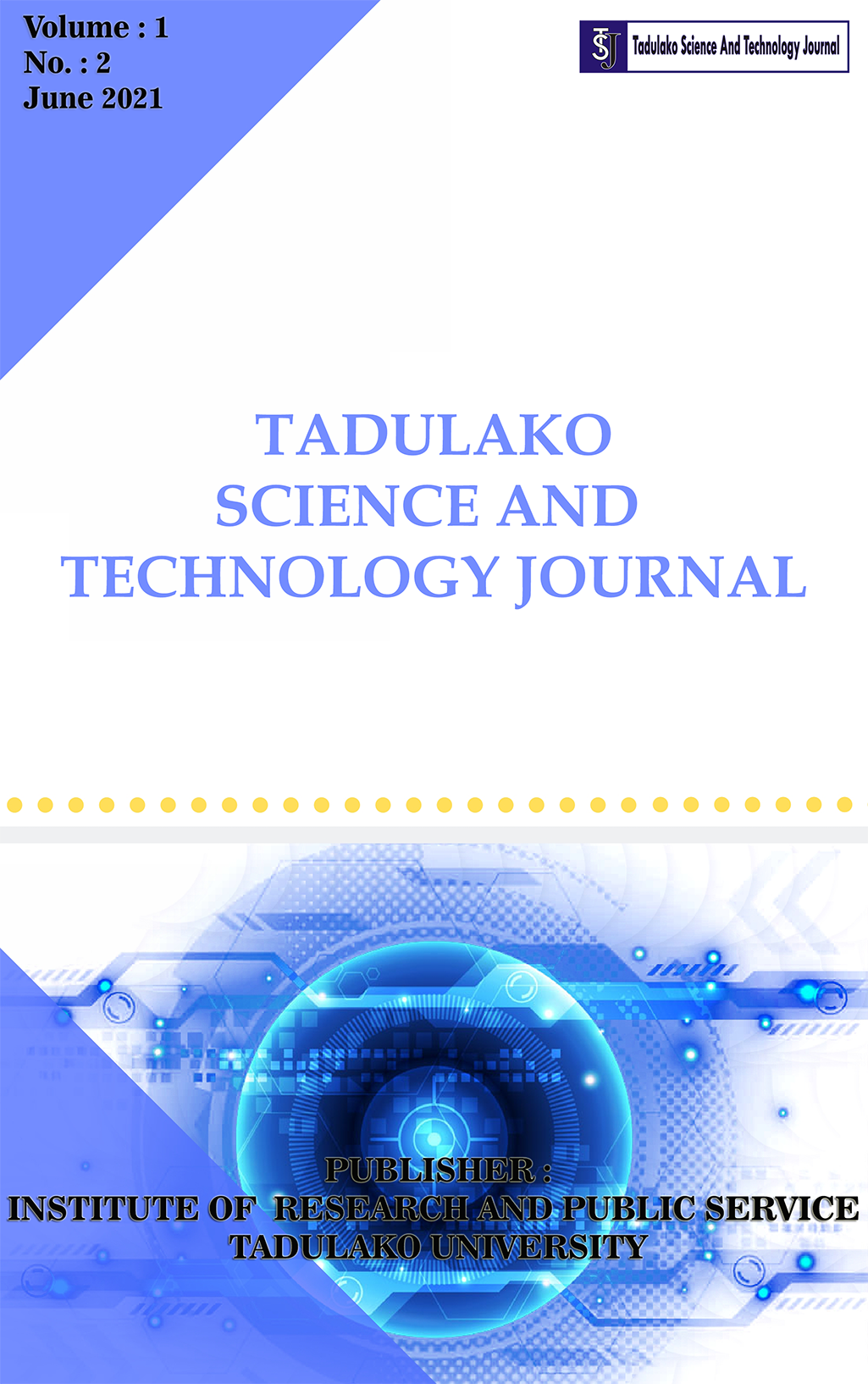Main Article Content
Abstract
Introduction: Eye disease, especially in adolescents, has various symptoms. Currently, most adolescents pay little attention to the condition of the eyes. The assumption circulating in society is that the disease will heal on its own without the need for medical treatment. As a result, many adolescents experience delays in treatment. Method: This method is used because forward chaining uses a search value or reasoning that starts from facts to get conclusions from these facts to assume the degree of confidence of an expert. The data in this study are data on symptoms and eye types in adolescents aged 12-15 years obtained through interviews with experts at the Smec Palu eye clinic. This study uses 3 tests namely Alpha testing, beta testing, and accuracy testing. Results and Discussion: System testing is done through alpha testing, beta testing, and accuracy testing. Alpha testing shows that the system components function as expected. Beta testing uses a questionnaire that produces a percentage of 86% for System Quality, 86% for Information Quality, and 88% for User Satisfaction. Accuracy testing shows that the system has 100% accuracy because all test data matches the results of expert analysis. This shows that the system has very good accuracy. Conclusion: Expert system testing to diagnose eye diseases in adolescents aged 12-15 years with the forward chaining method shows positive results. Alpha testing ensures that all features function properly, while beta testing gives a score of 86% for System and Information Quality, and 88% for User Satisfaction. Accuracy testing showed 100% results. This system is effective for diagnosing eye diseases based on symptoms.
